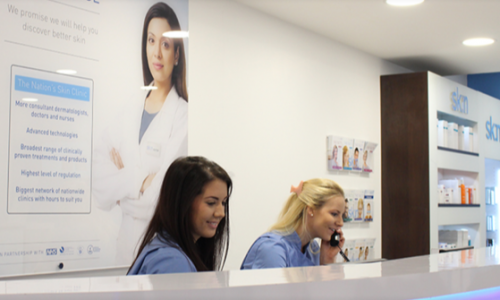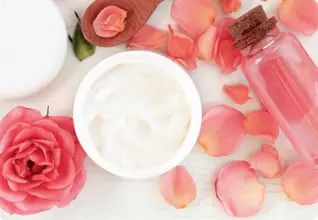When Should You Have Moles Removed?

A mole is a small brown or black patch on the skin, similar to a freckle. Most people have moles, and they’re usually not a problem. People typically have between 10 to 40 moles on their body, but if they change size, shape, or colour, they should be checked out.
Usually, a mole is round or oval-shaped with a smooth edge; they can be flat or raised and feel smooth or rough. Sometimes they have extra hair growing from them. Moles are caused by skin cells that form in clusters, called ‘melanocytes’, which produce the colour or pigment in your skin.
Read on to discover more about the possible dangers of moles and when you should have your mole removed.
When Should You Have Moles Removed?
Wondering when to remove a mole? You have to take into consideration a few things. If your mole has changed, you almost definitely need to consider having it removed or at least checked out.
A change in your mole’s shape, size, or colour could be a warning sign of cancer, a new or changing mole is the most common sign of melanoma skin cancer, a type of skin cancer that can spread to other organs in the body.
For cancerous mole removal, we suggest you visit an experienced Doctor. If your mole does any of the following, it’s essential to get it checked out.
- Changes shape or looks uneven
- Changes colour gets darker or has more than 2 colours
- Starts itching, crusting, flaking or bleeding
- Gets larger or more raised from the skin
If you’re wondering if removing moles prevent skin cancer, the answer is no. Cutting out a mole does not mean your cancer is reduced. Precancerous moles may need to be removed to reduce the cause of contracting skin cancer.
Although moles are harmless, some people may want to remove their mole for cosmetic reasons. This is an entirely safe procedure, and your mole will also be tested for cancer just in case.
Never try to remove a mole at home. At-home removal methods are not proven to work, and some may be incredibly dangerous.
Mole Removal Treatments
Sk:n clinics offer a range of treatments to remove moles. If you want one removed for cosmetic reasons, the best treatment for you will depend on your mole assessment.
- Laser removal
If your mole is small, you can have it removed with laser treatment. Laser Mole Removal uses light energy to break down the pigment within the mole. Laser mole removal is a good option for removing a mole from the face as there is less risk of scarring.
- Shave removal
Moles that protrude from the skin can be ‘shaved’ off under local anaesthetic (which numbs the area being treated). This is usually done using a scalpel and is relatively straightforward and painless. You may be left with a pink mark on your skin where the mole was, but this should fade over time.
- Excision removal
Some moles may need to be cut away via an excision. This procedure is performed under local anaesthetic and requires a small stitch in the skin afterwards. A small scar will be left, which will fade over time.
Key Takeaways
- A mole is a small brown or black patch on the skin, similar to a freckle. Most people have moles, and they’re usually not a problem unless they change shape, size, or colour.
- Usually, a mole is round or oval-shaped with a smooth edge; they can be flat or raised and feel smooth or rough. Sometimes they have hair growing from them.
- If your mole has changed, you almost definitely need to consider having it removed or at least checked out; this could be a sign of melanoma skin cancer.
- You can have your mole removed for cosmetic reasons, and your mole will also be tested for cancer just in case.
- Your mole can be removed in a few ways, including laser removal, shave removal, and excision removal.
Find your nearest clinic and arrange a consultation with one of our dermatologists for advice on how and when to remove your mole(s).
Related Articles

08
Apr 2024

08
Apr 2024
Request a callback
One of our friendly sk:n advisors will call you to book your consultation.
- More than 450 consultants, doctors, nurses and medical practitioners
- Regulated by the Care Quality Commission, Health Inspectorate Wales and Health Improvement Scotland
- Partner of the NHS
- Rated excellent by our clients on Trustpilot
- Strict safety and care protocols




